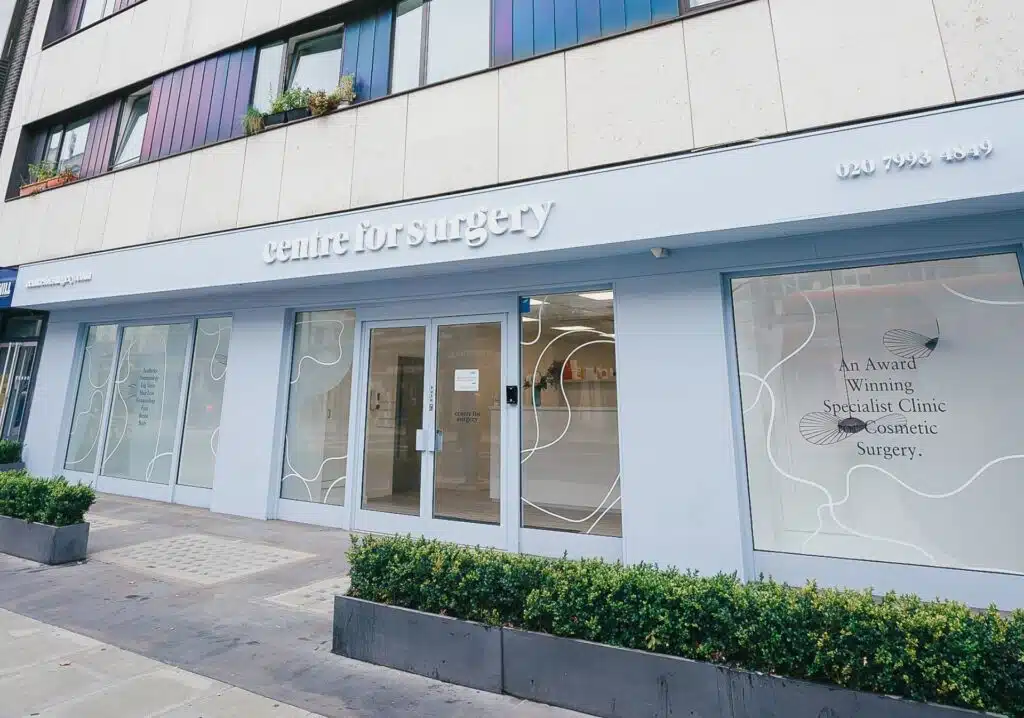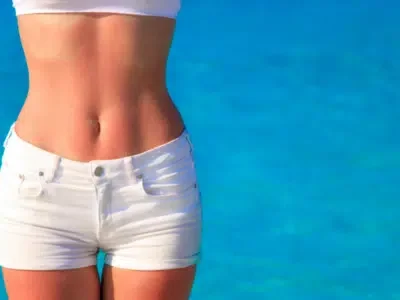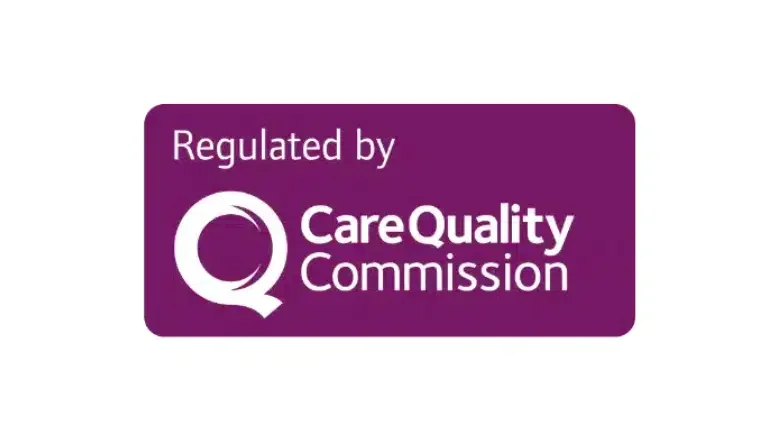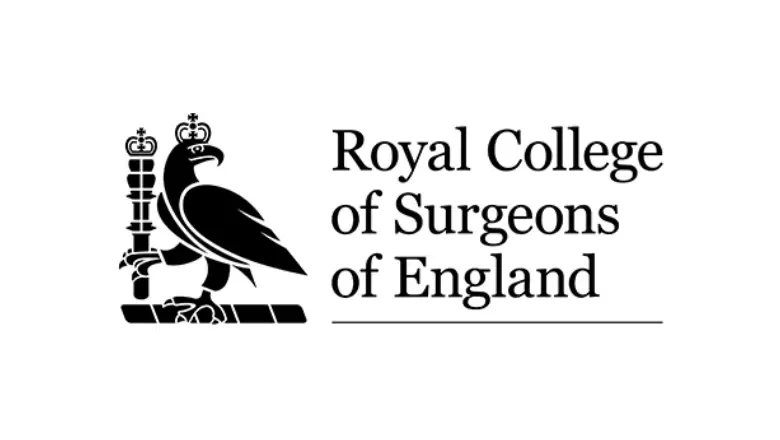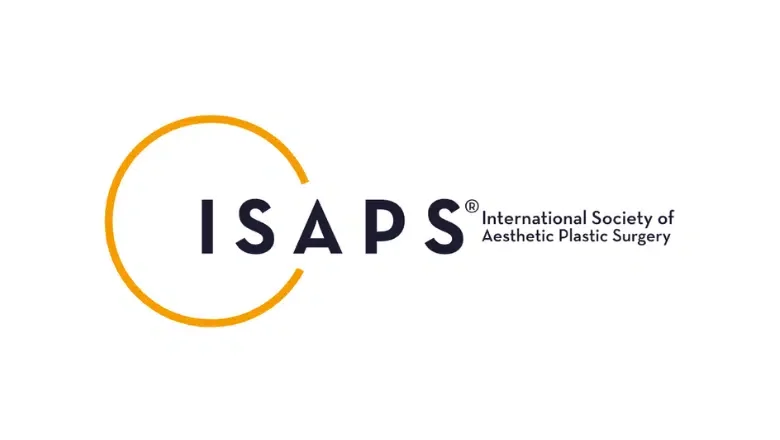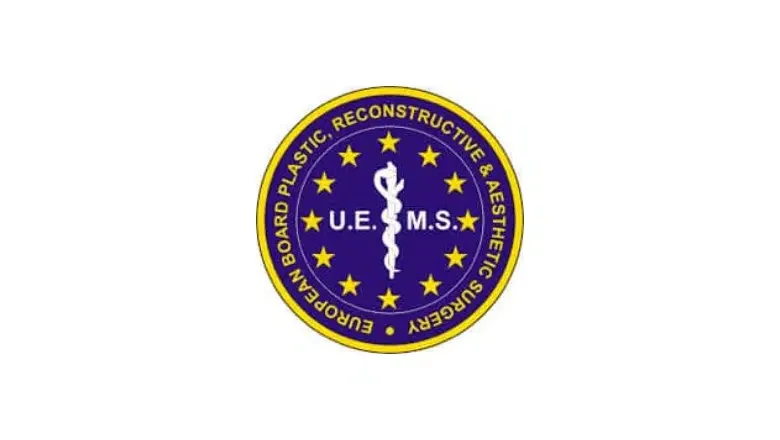Fat transfer is a body contouring procedure involving liposuction to remove excess fat deposits from unwanted parts of the body, followed by injection of fat to areas that require volume enhancement. The fat transfer procedure is not painful. Your surgeon injects local anaesthetic into the areas that need liposuction and fat transfer whilst you are asleep under a general anaesthetic. Fat transfer can be carried out with a local anaesthetic, such as fat transfer to the face, or under general anaesthetic for fat transfer to the body, including breast fat transfer and the Brazilian butt lift procedure, also known as BBL.
Types of fat transfer procedures performed at Centre for Surgery
- Fat transfer to the face
- Fat transfer to breasts
- Fat transfer to the body
- Brazilian Butt Lift (BBL)
- Fat transfer to calves
After the fat transfer procedure is complete, you’ll be given prescription painkillers which include paracetamol and an anti-inflammatory to control any mild discomfort you may have after the procedure.
RELATED: What types of fat transfer can I have?
Is fat transfer to the face a painful procedure?
Fat transfer to the face is most commonly carried out under local anaesthetic when performed alone but is carried out under general anaesthetic when combined with facelift surgery. The procedure is well tolerated, with only mild bruising and swelling, which lasts up to 1 week after the procedure. Any discomfort experienced will vary based on a number of factors, including a patient’s individual pain threshold, the size of needles and cannula used, and the surgeon’s expertise in carrying out the facial fat transfer procedure. The surgeon always takes great care to inject a local anaesthetic into all treatment areas to ensure a comfortable procedure throughout.
How long does the fat transfer procedure last?
The length of fat transfer surgery depends on the type of procedure being undertaken. Fat transfer to localised parts of the face may take no more than 45 minutes to carry out. Large volume fat transfer to the buttocks or breasts may take 3 to 4 hours to carry out due to the extra amount of liposuction required to harvest the required fat.
RELATED: Breast Implants vs Fat Transfer
Our specialist fat transfer surgeons at Centre for Surgery in London will assess you at your consultation and give you an accurate idea of how long the fat transfer procedure could take. To learn more about fat transfer, please call 020 7993 4849 to speak to one of our friendly and knowledgeable patient coordinators and book a fat transfer consultation with a specialist plastic surgeon in London.
What are the side effects of fat transfer?
Fat transfer side effects generally include the following:
- Temporary numbness
- Bruising and swelling affecting the area of fat injection
- Visible scarring, although this can be significantly improved with silicone gel
- A small degree of fat reabsorption from the area that has been grafted, which is most noticeable during the first 12 weeks after fat transfer
It is normal to expect the above side effects, which will all settle down over the first 4 to 6 weeks. If you are experiencing any side effects that are more prolonged than expected, please get in touch with our postoperative support team for further information and advice.
Can the body reject fat transfer?
Fat that has been injected as part of a fat transfer procedure is not rejected by your body. Fat is a natural material that does not cause an immune reaction when transferred to other areas of the body. Any grafted fat requires a rich blood supply to ensure fat cell survival. This is why following the surgeon’s post-operative instructions in the vital first few weeks is important to maximise fat cell survival. Any fat reabsorbed by the body should not be seen as fat rejection, as fat cell absorption is a normal side-effect of any fat transfer procedure.
In most fat grafting procedures, fat cell survival rates of 60 to 80% are expected. These survival figures can be affected if patients smoke with a much lower rate of fat cell viability in patients who actively smoke.
What is the fat transfer recovery period like?
Fat transfer recovery takes between 4 to 6 weeks on average to allow bruising and swelling to settle down fully with full healing evident by the six-month mark. Any patient who has had a fat transfer procedure will have restrictions on the everyday activities they can carry out including the ability to drive a car until their surgeon says it is safe to do so.
How to choose the best surgeon for fat transfer in London?
Centre for Surgery is the leading cosmetic surgery clinic in London, and it has experience in all types of fat transfer surgery, including BBL, fat transfer breast augmentation, and fat transfer to the face. Our surgeons are all fully GMC-registered cosmetic surgeons, and we carry out hundreds of fat transfer procedures each year with over 95% patient satisfaction rates, as shown by our hundreds of verified five-star Google and Trustpilot reviews. Our post-operative after-care program has been described as outstanding by the Care Quality Commission in our most recent inspection. If you are keen to book a fat transfer consultation in London, please get in touch with our friendly patient coordinator team to book a face-to-face consultation with an expert plastic surgeon in London.

